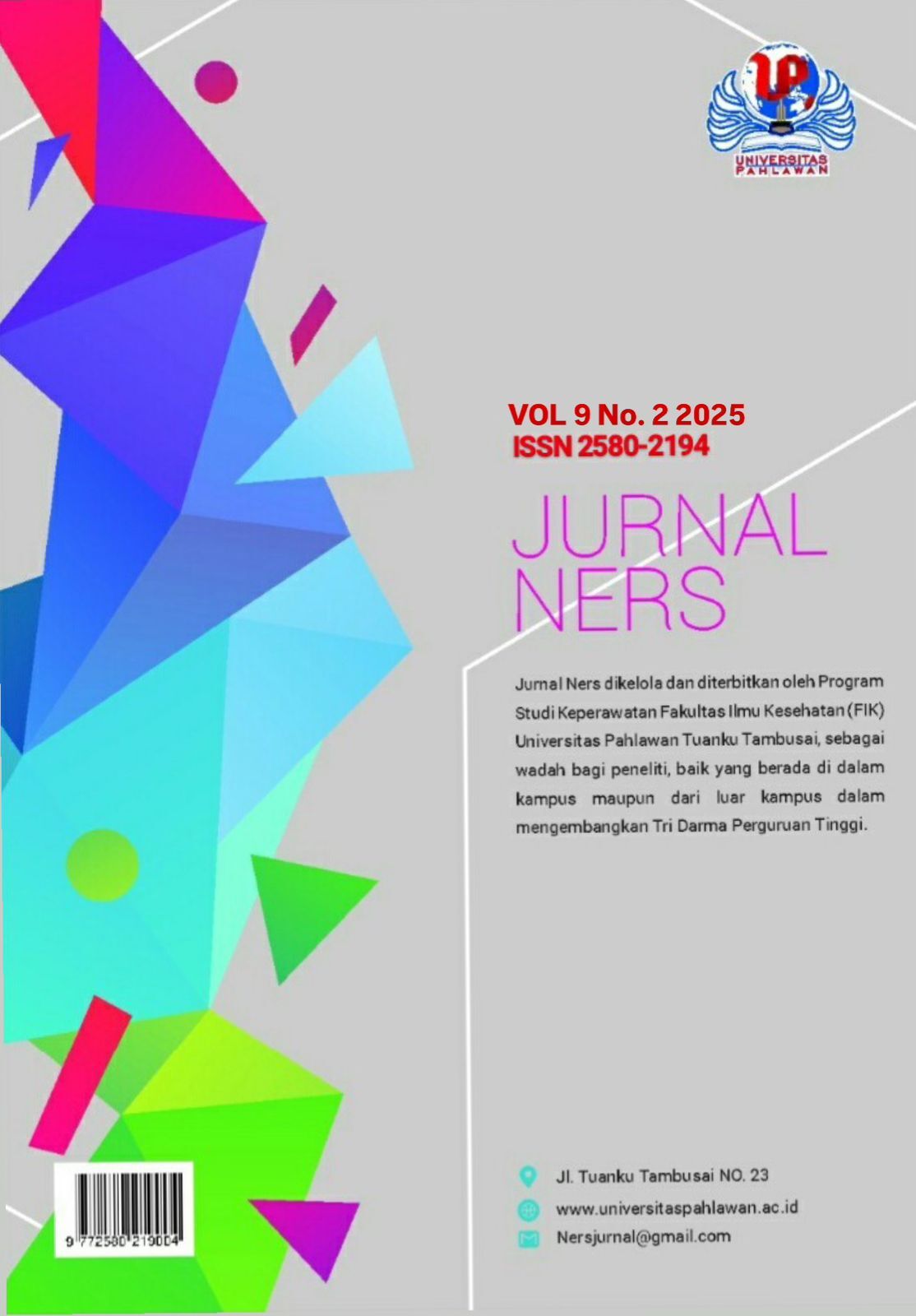Strategi Manajemen Rumah Sakit dalam Meningkatkan Responsivitas Pelayanan Gawat Darurat untuk Korban Kecelakaan Lalu Lintas
DOI:
https://doi.org/10.31004/jn.v9i2.43022Abstract
Effective Emergency Room services depend on several factors, including response time, availability of adequate medical facilities, and coordination between hospital units. This study aims to analyze hospital management strategies in improving the responsiveness of Emergency Room services for traffic accident victims, with the hope that the results of this study can provide useful recommendations for hospital management in handling such emergency situations. This study uses a case study design with a qualitative approach, where researchers will analyze the experience and strategies of hospital management in improving the responsiveness of Emergency Room services for traffic accident victims. The results of the study showed that most patients who came to the Emergency Room were non-emergency (70%), and only 30% really needed emergency treatment. This indicates inefficiency in the utilization of Emergency Room services that need to be optimized to ensure that traffic accident victims receive timely treatment. The conclusion of this study is that in order to improve the responsiveness of Emergency services to traffic accident victims in Jabodetabek, hospitals must face several challenges, including inefficiency, limited medical personnel, limited bed capacity, financing challenges from BPJS, in the management of the Emergency Installation with the large number of non-emergency patients coming to the Emergency Installation.Downloads
Published
2025-03-11
How to Cite
Purwoto, A., Isworo , S., & Rachmani, E. (2025). Strategi Manajemen Rumah Sakit dalam Meningkatkan Responsivitas Pelayanan Gawat Darurat untuk Korban Kecelakaan Lalu Lintas. Jurnal Ners, 9(2), 2226–2232. https://doi.org/10.31004/jn.v9i2.43022
Issue
Section
Articles
License
Copyright (c) 2025 Jurnal Ners

This work is licensed under a Creative Commons Attribution-ShareAlike 4.0 International License.
Authors who publish with this journal agree to the following terms: Authors retain copyright and grant the journal right of first publication with the work simultaneously licensed under a Creative Commons Attribution-ShareAlike 4.0 International License that allows others to share the work with an acknowledgement of the works authorship and initial publication in this journal. Authors are able to enter into separate, additional contractual arrangements for the non-exclusive distribution of the journals published version of the work (e.g., post it to an institutional repository or publish it in a book), with an acknowledgement of its initial publication in this journal. Authors are permitted and encouraged to post their work online (e.g., in institutional repositories or on their website) prior to and during the submission process, as it can lead to productive exchanges, as well as earlier and greater citation of published work (See The Effect of Open Access).








